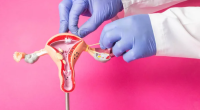The 11 Foods You Eat In Your Diet That Trigger Migraines will be discussed after we understand what migraine Is. – Migraine is a common and debilitating neurological disorder that affects millions of people worldwide. It is characterized by intense, throbbing headaches that can last for hours or even days. Migraine headaches are often accompanied by other symptoms such as nausea, vomiting, sensitivity to light and sound, and dizziness.
There are many different types of migraine, but they can be broadly divided into two main categories: aura migraines and non-aura migraines. Aura migraines are characterized by neurological symptoms that occur before the headache, such as flashing lights, blind spots, or tingling in the arms or legs. Non-aura migraines do not have any neurological symptoms before the headache.

There are a number of different factors that can trigger migraine headaches, including stress, lack of sleep, hormonal changes, and certain foods. Some of the most common food triggers for migraine include:
1. Alcohol

Alcohol, especially red wine Alcohol is a vasodilator, which means that it widens blood vessels. This can trigger migraines in people who are sensitive to changes in blood flow. Red wine is particularly high in compounds called tyramines, and histamine, which have been linked to migraine headaches. Tyramine is a breakdown product of amino acids that can cause blood vessels to constrict, while histamine is a neurotransmitter that can trigger migraines in some people.
2. Caffeine
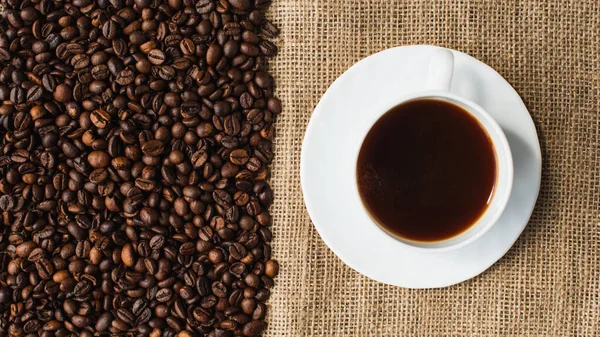
Caffeine is a stimulant that can constrict blood vessels. This can trigger migraines in people who are sensitive to changes in blood flow. Caffeine withdrawal can also trigger migraines. Study has shown that consuming excessive amounts of caffeine can trigger migraines. However, moderate caffeine consumption is generally safe.
3. Citrus fruits
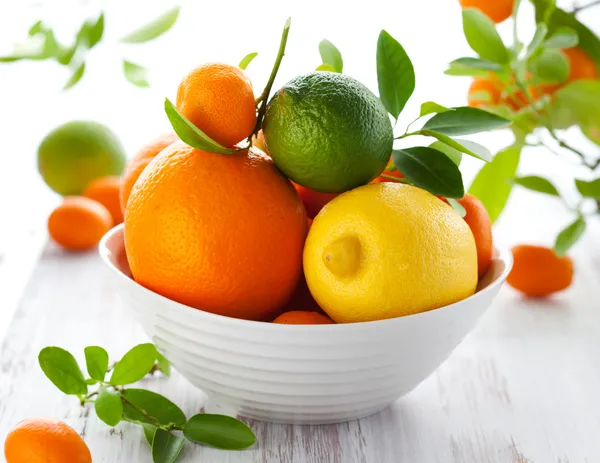
Citrus fruits, such as limes, lemons, and oranges, contain high levels of histamine and tyramine, which can trigger migraines in some people. Histamine is a neurotransmitter that can cause blood vessels to constrict, while tyramine can break down into histamine in the body.
4. Cheese
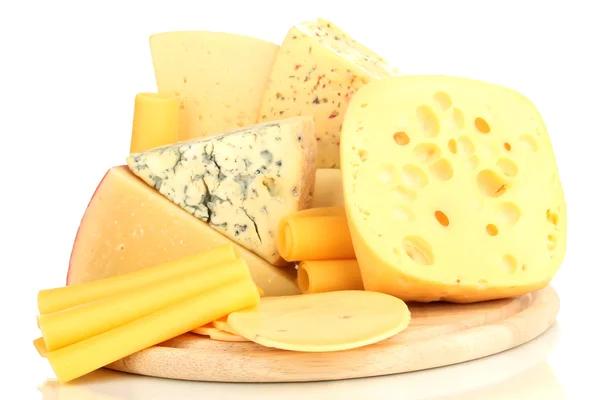
Not all cheeses are migraine triggers. Aged cheeses, such as cheddar, Swiss, and Parmesan, contain histamine, which can trigger migraines in some people. However, other cheeses, such as mozzarella and cheddar, are generally safe.
5. MSG
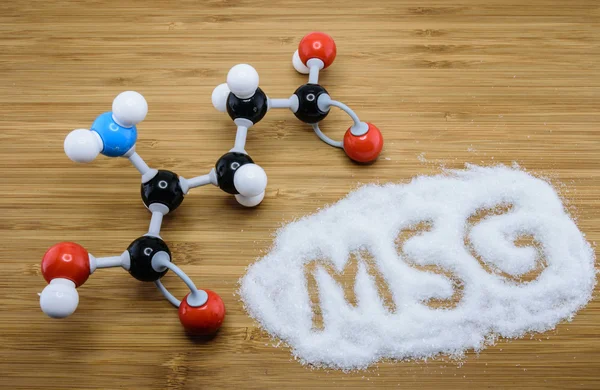
Monosodium glutamate (MSG) is a flavor enhancer that is found in many processed foods and seasonings. Studies have shown that MSG can trigger migraines in some people. MSG can bind to glutamate receptors in the brain, which can lead to the activation of pain pathways.
6. Peanuts, almonds, and nuts
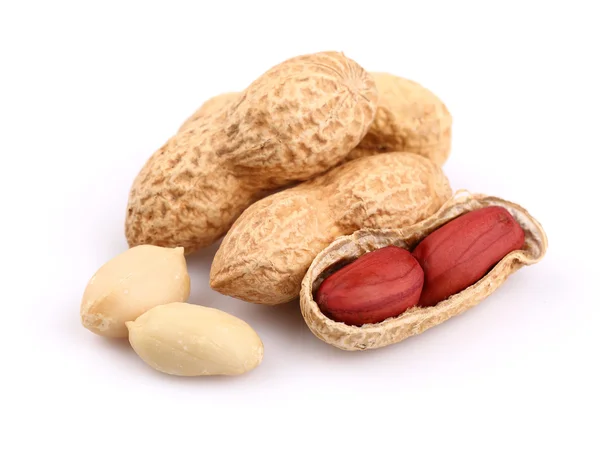
Peanuts, almonds, and other nuts contain high levels of tyramine, which can trigger migraines in some people. Tyramine can break down into histamine in the body, which can cause blood vessels to constrict and trigger migraines.
ALSO READ: Migraine: Essential Facts You Need To Know Before Treatment
7. Chocolate
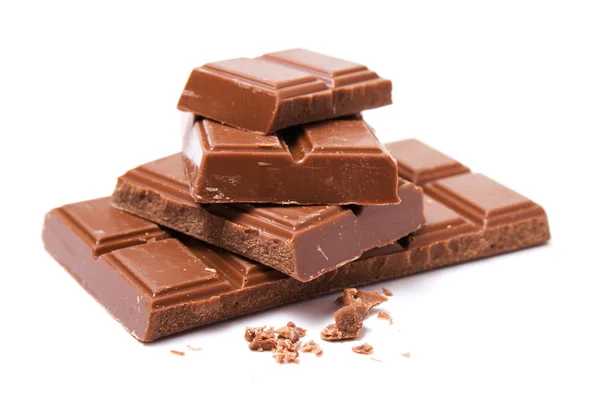
About 20% of people who experience migraines report chocolate as a trigger. Chocolate contains caffeine and tyramine, which can both trigger migraines. Chocolate also contains phenylethylamine, which is an amine that can cause blood vessels to constrict.
8. Processed meats

Processed meats, such as ham, sausage, and bacon, contain nitrites and nitrates, which are commonly reported to trigger migraines. Nitrites and nitrates can break down into nitric oxide in the body, which can cause blood vessels to dilate. This dilation can trigger migraines in some people.
9. Artificial sweeteners

Artificial sweeteners, such as aspartame, are found in many diet sodas and other processed foods. One study showed that artificial sweeteners can trigger migraines in some people. Artificial sweeteners can bind to glutamate receptors in the brain, which can lead to the activation of pain pathways.
10. Yeast
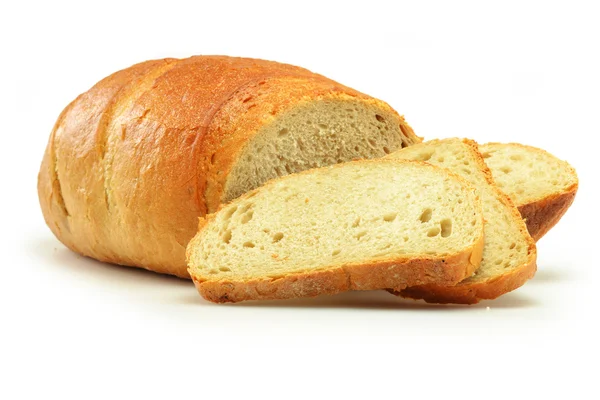
Yeast is a type of fungus that is found in bread, beer, and wine. Yeast contains high levels of histamine, which can trigger migraines in some people. Histamine is a neurotransmitter that can cause blood vessels to constrict.
11. Other potential migraine triggers
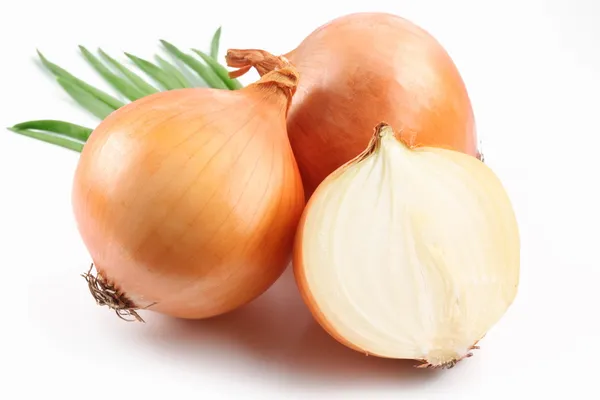
Onions, garlic, pizza, potato chips, and avocados have also been reported to trigger migraines in some people. The exact mechanisms by which these foods trigger migraines are not fully understood, but it is thought that they may contain substances that can cause changes in blood flow, inflammation, or brain activity.
It is important to note that not everyone who has migraines will be triggered by the same foods. The best way to identify your food triggers is to keep a food diary and track what you eat and drink before and after a migraine attack. If you suspect that a particular food may be triggering your migraines, you can try eliminating it from your diet for a few weeks to see if your symptoms improve.
Here are tips for avoiding migraine triggers:
- Eat a regular and healthy diet.
- Get enough sleep.
- Manage stress.
- Stay hydrated.
- Avoid alcohol and caffeine.
ALSO READ: Causes And Effects Of Headache: 5 Natural Remedies For Migraine
Other types of migraines

In addition to the common migraine with aura and migraine without aura, there are several other less common types of migraine headaches. These include:
Chronic migraine: Chronic migraine is a severe form of migraine that occurs on 15 or more days per month for at least three months. It can cause significant disability and impairment in daily life.
Hemiplegic migraine: Hemiplegic migraine is a rare type of migraine that causes temporary weakness or paralysis on one side of the body. It is more common in children and adolescents.
Retinal migraine: Retinal migraine is a rare type of migraine that causes temporary vision loss in one eye. The vision loss usually lasts for 20 to 60 minutes and resolves completely.
Basilar-type migraine: Basilar-type migraine is a rare type of migraine that occurs in children and adolescents. It is characterized by a variety of neurological symptoms, such as dizziness, vertigo, tinnitus, and numbness or tingling in the face or arms.
Abdominal migraine: Abdominal migraine is a type of migraine that causes severe abdominal pain. The pain may be accompanied by nausea, vomiting, and diarrhea. It is often mistaken for other digestive disorders.
Acephalgic migraine: Acephalgic migraine, also known as silent migraine, is a type of migraine that causes all the symptoms of a migraine headache except for the head pain. It can include symptoms such as nausea, vomiting, sensitivity to light and sound, and dizziness.
Migraine with brainstem aura: Migraine with brainstem aura is a rare type of migraine that affects the brainstem, the part of the brain that controls many essential functions, including breathing, heart rate, and balance. It can cause a variety of neurological symptoms, such as vertigo, nausea, vomiting, and double vision.
Status migrainosus: Status migrainosus is a severe and prolonged migraine attack that lasts for 72 hours or more without significant relief. It is a rare and potentially dangerous condition that requires prompt medical attention.
Ophthalmoplegic migraine: Ophthalmoplegic migraine is a rare type of migraine that causes paralysis of the eye muscles. This can lead to double vision, blurred vision, or drooping eyelids.
Medication-overuse headache: Medication-overuse headache (MOH) is a type of headache that occurs when a person overuses pain medication to treat their migraines. The headaches in MOH are often worse than the headaches that the person was originally trying to treat.
Vestibular migraine: Vestibular migraine is a type of migraine that causes vertigo, a sensation of spinning or dizziness. The vertigo may be accompanied by nausea, vomiting, and headache.
Cyclic vomiting syndrome (CVS): CVS is a condition in children and adolescents that involves recurring episodes of severe vomiting that are not caused by any other medical condition. The vomiting episodes are often accompanied by abdominal pain, headache, and fatigue.
Complications of migraines

Migraine headaches can be debilitating and can have a significant impact on your quality of life. In addition to the pain and other symptoms of the headache itself, migraines can also lead to a number of complications.
Here are some of the most common complications of migraines:
Chronic migraine: This is a condition in which a person has migraine headaches for 15 or more days per month for at least 3 months. Chronic migraine can be very disabling and can make it difficult to work, go to school, or participate in other activities.
Migrainous infarction: This is a rare but serious complication of migraine that can cause a stroke. Migrainous infarction is more common in people who have migraine with aura.
Persistent aura without infarction: This is a condition in which the aura symptoms of migraine, such as flashing lights or tingling in the arms or legs, last for more than an hour. Persistent aura without infarction is a rare but serious complication that can lead to permanent neurological damage.
Migraine-triggered seizure: This is a condition in which a migraine headache triggers a seizure. Migraine-triggered seizures are more common in people who have epilepsy.
Medication-overuse headache (MOH): This is a condition in which a person develops a headache from overuse of pain medication to treat their migraines. MOH can make migraines worse and more difficult to treat.
Other complications: Migraines can also lead to a number of other complications, such as:
- Sleep problems
- Depression and anxiety
- High blood pressure
- Cognitive problems
Prevention Tips
Here are tips for preventing migraine complications:
- Keep a headache diary: This can help you identify your triggers and develop a plan to avoid them.
- Take your medication as prescribed: Don’t overuse pain medication, as this can lead to MOH.
- Get regular exercise: Exercise can help reduce stress and improve your overall health.
- Get enough sleep: Sleep deprivation can trigger migraines.
- Manage stress: Stress can also trigger migraines. Find healthy ways to manage stress, such as yoga or meditation.

